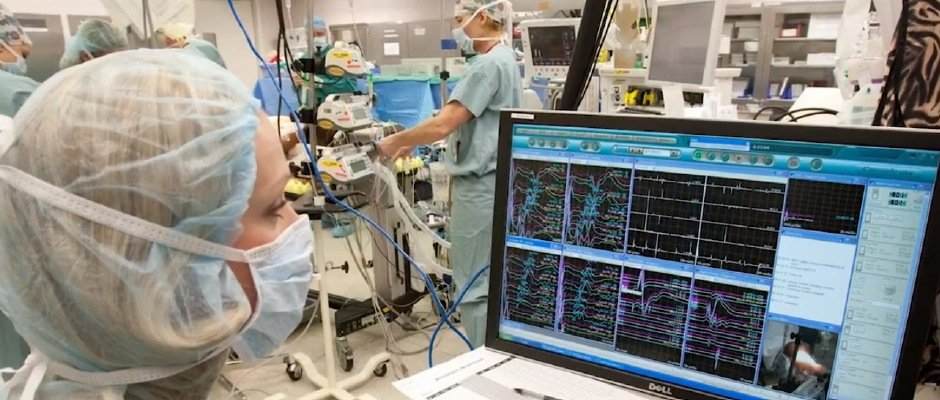Neuromonitoring

Intraoperative Neuromonitoring System aims to minimize the risks involved in spinal surgeries (scoliosis, kyphosis, kyphoscoliosis) like paralysis and other spinal cord injuries. This groundbreaking system prevents a substantial risk of paralysis or spinal cord injury. Patients often ask about this even though it is a relatively new technology.
Is there a risk of paralysis?
Spinal surgeries like scoliosis and kyphosis are operations that change the life quality of the patient completely and involve a great amount of risk as well. Neuromonitoring System is developed due to recent technological advancements in medicine. So patients are now undergoing these operations with an inner peace.
What is Neuromonitoring System?
Neuromonitoring is a system that shows how much the implants come close to spinal cord during the operation and whether if the spinal cord is being damaged or not. The patient receives harmless electrical stimulation during surgery and the data is collected via electrodes. The system makes it possible to determine any potential damage on the neural system beforehand and warn the surgeon immediately during surgery by the help of electrodes placed on the patient’s head, arms and legs. The surgeon can therefore operate on the patient safely.
Implants used in surgery and the movements are clearly monitored by the system. It also allows making integrity tests. The Neuromonitoring technician and the anesthetist should coordinate their work and inform the surgeon about the data constantly.









